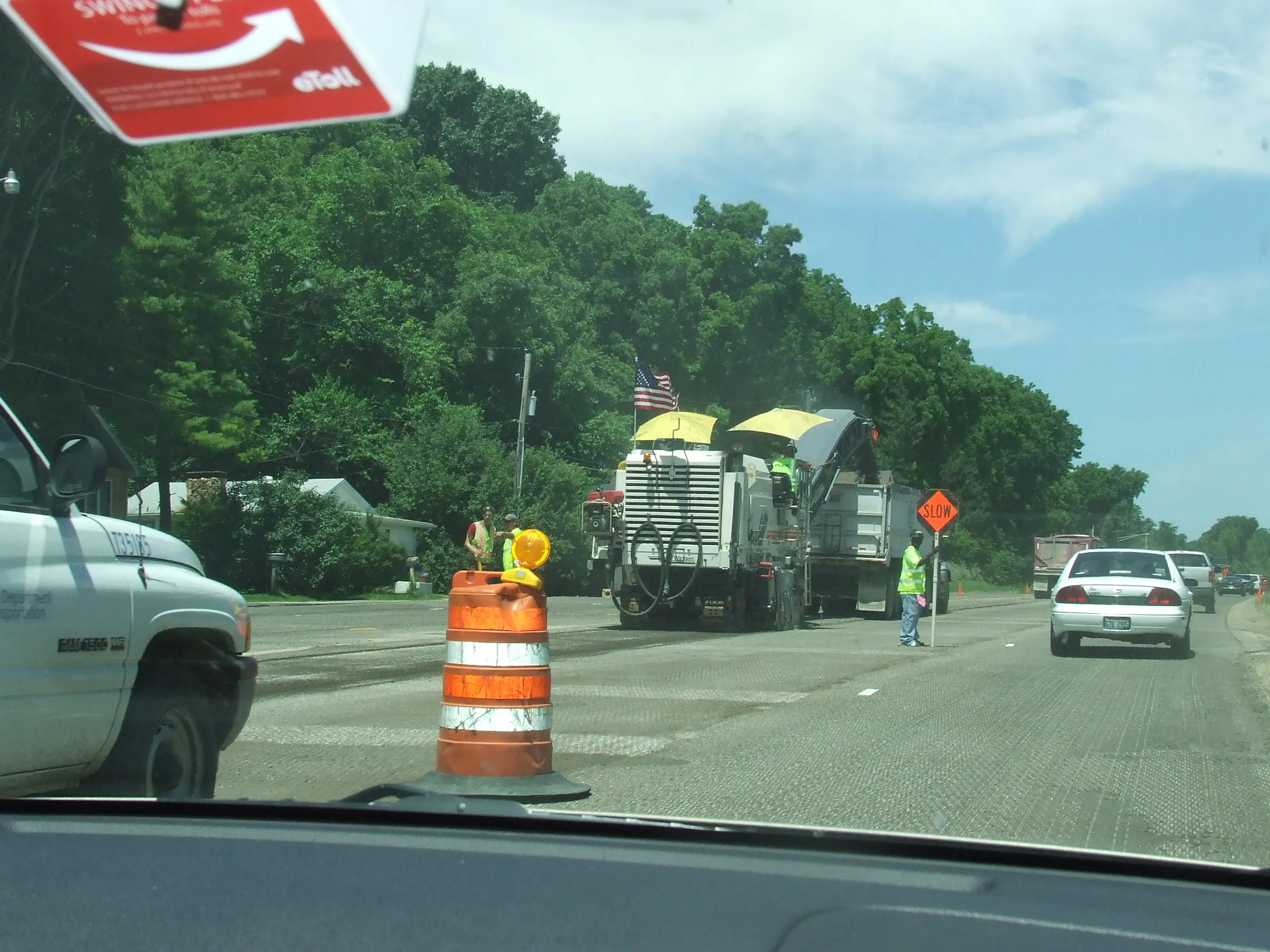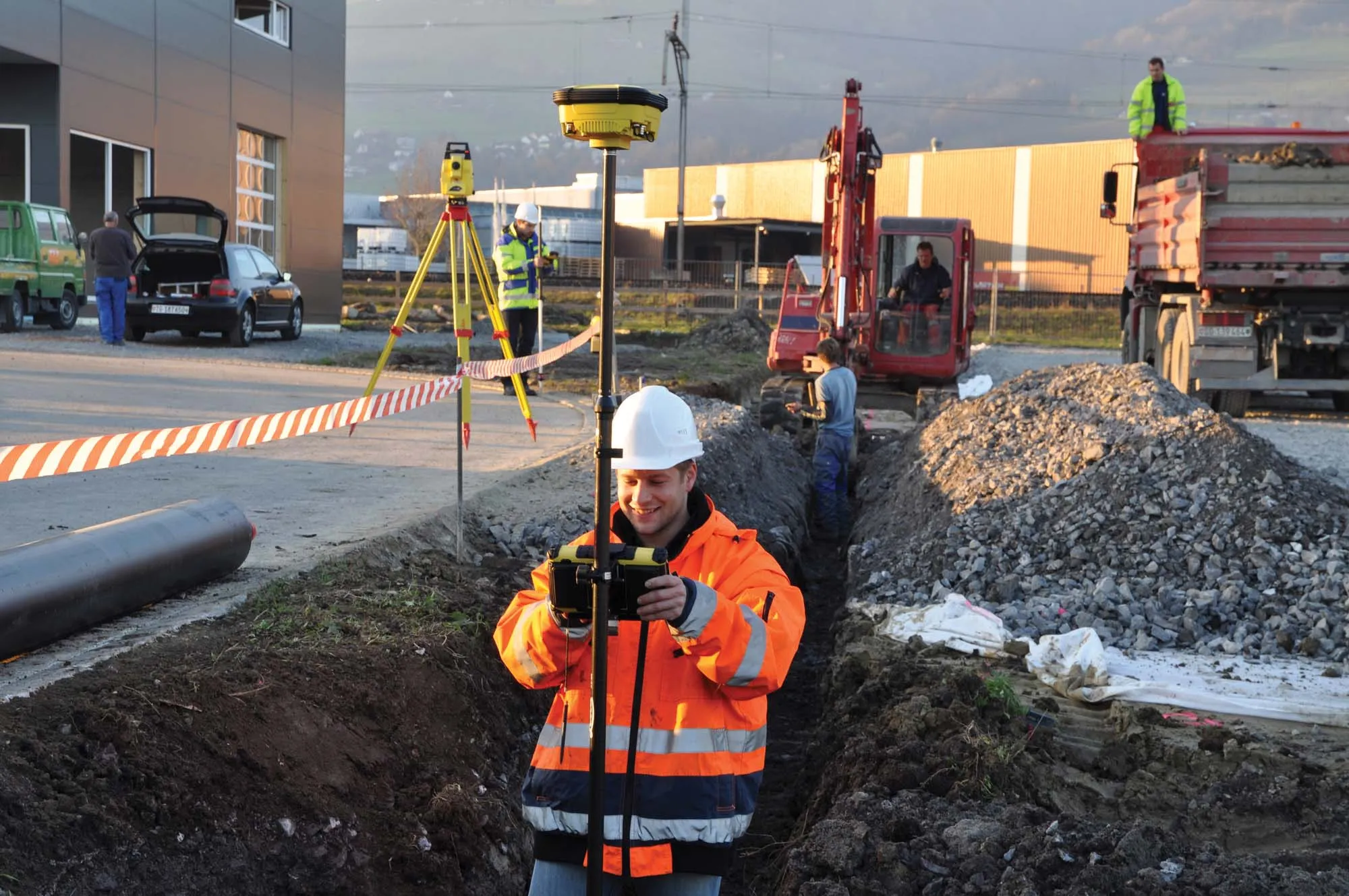
States in the US leveraged US$31 billion in federal funds to advance $66.5 billion in highway improvements during fiscal year (FY) 2018. This data is revealed through a new interactive tool that provides a clear look at how and where each state invests its transportation funding.
The data was obtained through a Freedom of Information Act (FOIA) request. The American Road & Transportation Builders Association’s (ARTBA) analysis of Federal Highway Administration (FHWA) data displays information on more than 24,000 projects that moved forward in FY 2018.
“This dashboard helps shift the conversation about federal highway investments from apportionment tables and obligation charts to specific outcomes and benefits,” ARTBA President Dave Bauer said. “Such transparency and accountability will help the American people better understand the value they are getting from infrastructure investments.”
Nationally, 45% of the projects were for repair or reconstruction work on existing highways in FY 2018, according to “ARTBA’s Highway Dashboard: A 50-State Guide to the Benefits of Federal Investment.” Adding capacity (22% of funds), planning, design and construction engineering (14%), new construction (4%), planning, environmental, research and administration (2%), bike and pedestrian facilities (2%), debt service (2%) and utilities (1%), are among the other featured categories.
The dashboard allows users to visualise how each state deployed federal funds in a given year and features the top projects dating back to 1950.
The ARTBA Highway Dashboard was compiled by the association’s chief economist, Dr Alison Premo Black. The data is submitted by states as part of FHWA’s Fiscal Management Information System (FMIS).







